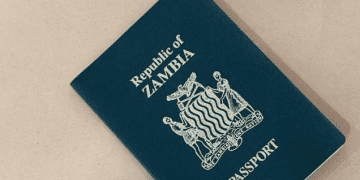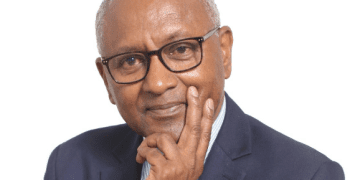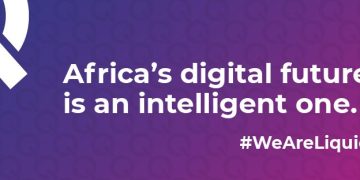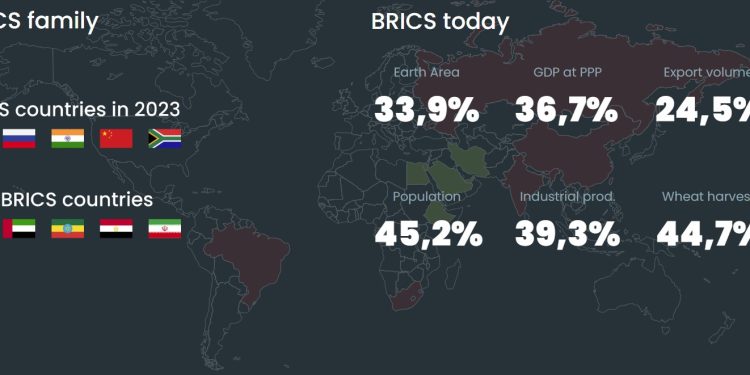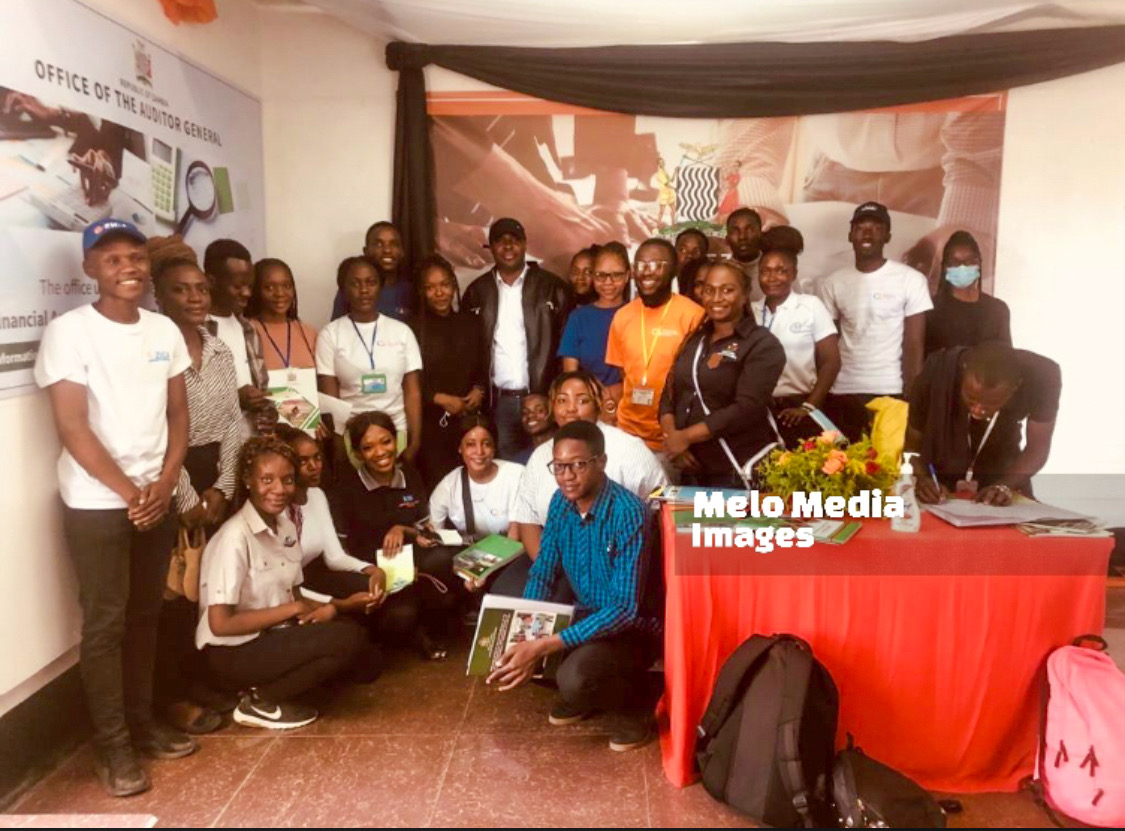By Mwamba Martin
BRICS PAY UNVEILED
As the BRICS business forum unfolded in Moscow, an unexpected and momentous announcement sent ripples through the global economic community. In a world still reeling from the aftershocks of geopolitical tensions and economic sanctions, the revelation about the launch of a new payment system under the BRICS framework was nothing short of groundbreaking. Just a few months prior, President Putin had hinted at this development, and his statements had been met with a euphoric chorus of jubilation and excitement from supporters of the BRICS initiative.
Since that initial announcement, speculation surrounding the new payment system had run rampant. The BRICS hierarchy, however, remained tight-lipped, making an atmosphere ripe for conjecture and rumor. Social media buzzed with discussions, and various news outlets scrambled to break what they believed to be the latest updates regarding the project. Shadowy whispers spoke of an imminent launch, while others predicted delays, leaving stakeholders and analysts alike in a state of confusion. Most industry experts anticipated that the formal unveiling would occur at the next big BRICS summit, a prime platform for such a significant announcement. Thus, the news of a pilot launch at the 17-18 October business forum came as a surprise, a clever tactical move that caught many offguard and left them scrambling to grasp the implications of this early rollout.
HOW WILL IT OPERATE?
So, how exactly will this new payment system work? The BRICS Payment System, often referred to as “BRICS Pay,” operates on a decentralized model known as a Decentralized Clearing Mechanism (DCM), which stands in stark contrast to traditional centralized systems. In a centralized payment system, a single entity functions as the arbiter of all transactions. This means that the owner or governing body has access to every transaction and can dictate terms for all participants, often requiring them to pay fees for each transfer. Such dependence on a singular authority can raise concerns about control and transparency and can builds an environment ripe for manipulation and inequality. On the other hand, a Decentralized Clearing Mechanism represents an innovative approach to financial transactions. In this system, each participants transactions are only available to them, meaning that transaction data is only accessible to the individuals involved in those transactions. There is no central authority capable of monitoring every interaction, which empowers users with unprecedented autonomy. In this framework, even if one participant develops a conflict with another, there is no mechanism in place for an outsider to sever their participation. This ensures that all users retain their rights within the system, fostering a sense of inclusivity and resilience. While it is true that fees may still apply in a DCM, participants only pay fees to each other, thereby creating direct financial incentives for collaboration rather than reliance on a central owner. In essence, costs become more equitable and transparent, as they are distributed fairly among all participants rather than siphoned off by a central authority.
BRICS PAY GOALS
The overarching goal of the BRICS Payment System is to create an infrastructure that is resistant to the sanctions that have increasingly impeded trade between nations. In an age where unilateral sanctions can stifle economic growth and restrict opportunities for collaboration, the BRICS Pay initiative positions itself as a solution to navigate the murky waters of international commerce. By enabling direct transactions among member states—without the need for intervention from external financial systems—this payment method aims to enhance trade fluidity, bolster economic ties, and ultimately undercut the leverage of nations that impose sanctions.
The launch of BRICS Pay at the Moscow business forum signals a shift towards a new economic paradigm, one where countries can engage more freely and collaborate without the fear of punitive measures disrupting essential trade flows. As this innovative system rolls out, the implications will undoubtedly reverberate across global markets, potentially reshaping the future of international economic relations. The BRICS nations, collectively grappling with their respective economic challenges, now stand at the forefront of an exciting new chapter, one that not only embraces technological advancements but also champions a more equitable and resilient global trading system. The stakes are high, and as participants in this new financial landscape, the world will be watching closely to see how BRICS Pay unfolds and what impact it will have on the fabric of global commerce.
OTHER KEY DEVELOPMENTS
Alongside the groundbreaking launch of the BRICS Pay payment system, the excitement surrounding the Moscow BRICS business forum was further amplified by discussions about several complementary initiatives designed to enhance economic collaboration among BRICS nations. Notably, the introduction of BRICSClear and BRICSInsure was announced which are expected to be operational in the near future, indicating a significant move towards creating a more integrated financial landscape that reflects the diverse needs of the member states.
BRICSClear seeks to establish a robust clearing mechanism that facilitates smoother financial transactions and settlements among member countries. In the current global landscape, where complexities often arise from traditional banking systems, this initiative aims to simplify trade processes and reduce transaction times. By streamlining operations and enhancing transparency, BRICSClear could position itself as a crucial component of the BRICS payment ecosystem, enabling countries to transact seamlessly without the cumbersome bureaucracies that can sometimes hinder international trade.
Similarly, BRICSInsure is an ambitious initiative aimed at addressing the insurance needs of the member states. Considering that emerging markets often face unique risks—ranging from natural disasters to political instability—having a tailored insurance platform is vital. BRICSInsure plans to provide member countries with insurance solutions that are not only comprehensive but also more attuned to the specific challenges each nation faces. This initiative could potentially bolster economic resilience by ensuring that businesses and individuals are safeguarded against unforeseen circumstances.
BRICS EQUIVALENT OF IMF
In a particularly noteworthy development, the Russian government has proactively urged its BRICS partners to consider the creation of a BRICS alternative to the International Monetary Fund (IMF). This suggestion underscores a growing sentiment among member states that the existing financial institutions, largely dominated by Western influences, may not adequately represent the interests of emerging economies. By advocating for a BRICS-led financial institution, member nations can work together to form a platform that addresses their specific economic challenges and aspirations.
The proposed BRICS alternative to the IMF could serve as a more responsive and flexible institution, allowing member states to have a greater say in the decision-making processes that affect their economies. Such a platform could extend its reach to address real problems faced by BRICS nations, including matters related to financial stability, debt management, and sustainable development. By prioritizing the unique contexts and needs of its members, the BRICS alternative could foster a sense of solidarity and cooperation that may have been lacking in existing frameworks.
THE ADVANTAGES OF A BRICS IMF
The advantages of establishing a BRICS alternative to the IMF extend beyond mere representation. By having a dedicated institution governed by the principles of mutual benefit and shared prosperity, member states could access financial resources under terms that better align with their developmental goals. This could translate into more favorable loans and grants, prompt access to financial assistance during crises, and tailored support for various economic projects, thereby significantly empowering the member states within the BRICS framework unlike the IMF itself which selects what member states can use their bailout for.
This movement represents a shift away from the conventional dependence on Western-dominated financial systems and institutions. As the BRICS nations look to carve out a more independent economic future, they increasingly recognize the need to collaborate in order to strengthen their collective bargaining power on the global stage. The creation of institutions like BRICSClear, BRICSInsure, and a BRICS alternative to the IMF illustrates a commitment to building a financial landscape that prioritizes their priorities over the dictates of external powers.
In many ways, these initiatives stand as bold declarations of intent—the BRICS nations are not merely passive actors in the global economy; they are taking decisive actions to reshape that economy in ways that align with their shared vision for mutual growth and development even though President Putin and other BRICS leaders constantly mention that the shift in global power centers is natural. These efforts further cultivate an environment in which economic collaboration flourishes, paving the way for sustainable partnerships that could lead to shared prosperity.
As the BRICS community continues to explore these ambitious initiatives, the level of engagement and enthusiasm among member nations suggests that the future holds great promise. A reimagined BRICS framework that emphasizes collaboration, innovation, and financial autonomy could become a beacon for other emerging economies, showcasing a path toward a more balanced and equitable global economic order.
The Moscow business forum has proven to be more than a stage for announcements—it is a launching pad for a transformative journey that could redefine not only the economic landscape within BRICS but also the dynamics of global finance as a whole. As these initiatives such as BRICSClear and BRICSInsure develop, and with the advocacy for a BRICS alternative to the IMF gaining traction, the world will be watching closely to witness how these concepts take shape and the extent to which they can truly empower the member states of BRICS. A new era appears to be on the horizon, characterized by strengthened ties, shared resources, and a collective vision that has the potential to reshape the economic future of its member nations.
Disclaimer: The views and opinions expressed in this article are those of the authors and do not necessarily reflect the official policy of Melo Media Zambia.
© 2024 copyright all reserved Melo Media Zambia | Email: [email protected] | www.melomediazambia.com | WhatsApp Only: +260969535044




